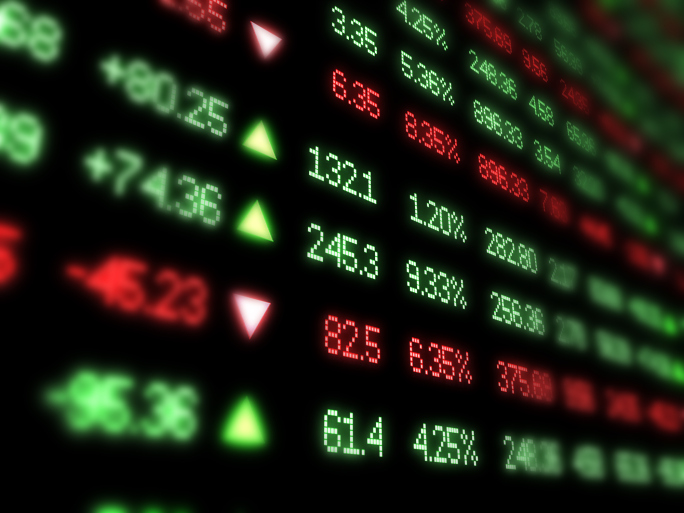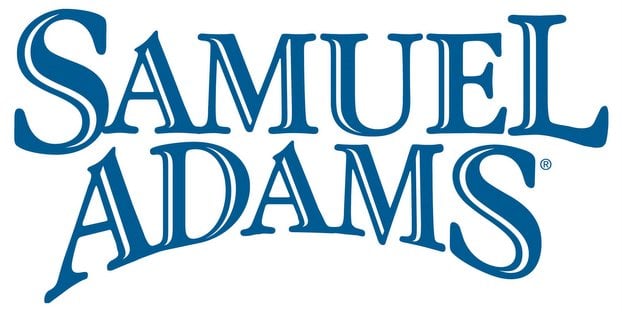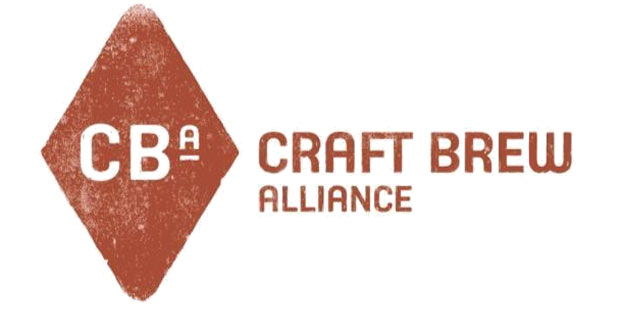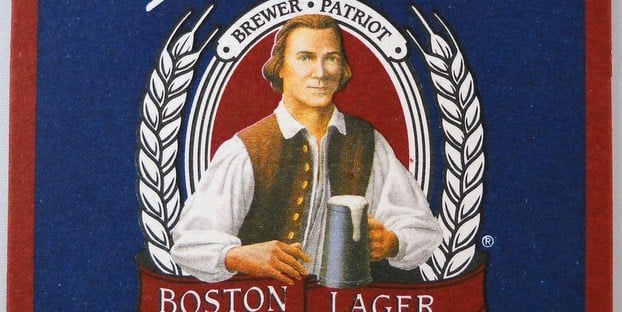
We covered the highlights of Boston Beer Co.’s 2012 earnings call and financial information, which was packed with news and information this year, most notably talk of the new Sam Can and how the company plans on rolling that out. Financial analysis website Seeking Alpha recently took a deep dive into the numbers as well and posted its take on the outlook for Boston Beer in a posted titled “Boston Beer: Buy the Beer, Sell the Stock.”
Definitely head over to Seeking Alpha if you are interested in its stock market take. Here are some of the nerdier craft brewing tidbits that caught our attention. For one, the impact of the company’s 2010 Freshest Beer Program, which was implemented to reduce the time between order placement and shipment and, as a byproduct, improve service, forecasting and production planning while also lowering wholesaler inventories and delivering fresher beer. We quote the post:
In 2012, [the Boston Beer Co.] reported 89 wholesalers were participating in the program, accounting for 59 percent of volume (up from 50 percent in 2011, but short of its 2012 goal of 75 percent). Management has set a goal of 65-75 percent participation for 2013. While wholesaler inventory was effectively reduced, management also noted greater challenges than expected for forecasting and production planning with the possibility of shortages in the future, which could increase costs and negatively impact wholesaler relationships. Indeed, in the fourth quarter of 2012, [Boston Beer Co.] experienced capacity constraints and service issues that resulted in an interruption in its supply chain for some wholesalers in the program.
While Boston Beer is a craft brewing pioneer and industry giant, the company actually falls into the “Better Beer” market category that makes up approximately 22 percent of the U.S. beer consumption market. The “craft beer” category grew an estimated 11 to 13 percent in 2012, whereas the Better Beer category grew 6 to 7 percent.
Assuming that the craft beer market maintains its current pace of 11-13 percent growth, SAM will continue to experience intense competition from four different sources: 1) a growing consumer preference for wine and spirits; 2) strong import brands; 3) the entry of AB InBev and MillerCoors into craft; and 4) the rising number of independent craft brewers.
Seeking Alpha looks closely at each of those competitive areas. Its analysis of the craft beer market noted the gigantic leaps in number of breweries the last few years and then specifically called out the increased performance of the Craft Brew Alliance and several other prominent and growing brewers (Sierra Nevada, New Belgium, Lagunitas).
All of these factors will work against SAM’s plans for both increasing growth as well as maintaining margins. Though it might be able to grow at the same rate as the overall craft beer industry, it is unlikely that it would be able to steadily outperform it over the next several years. Margins will also be pressured by the need to invest in both manufacturing capacity as well as advertising and selling efforts as it gets harder to hold distributors’ attention.
If you need more of this stock market/craft brewing insider analysis, definitely head over to Seeking Alpha and read their entire take.




RT @AvaVellanki: Disagree somewhat; growth outside of beer is value upside RT @CraftBrewingBiz: Sell Boston Beer stock @SeekingAlpha. ht …
Disagree somewhat; growth outside of beer is value upside RT @CraftBrewingBiz: Sell Boston Beer stock @SeekingAlpha. http://t.co/UMxdoH2jWf